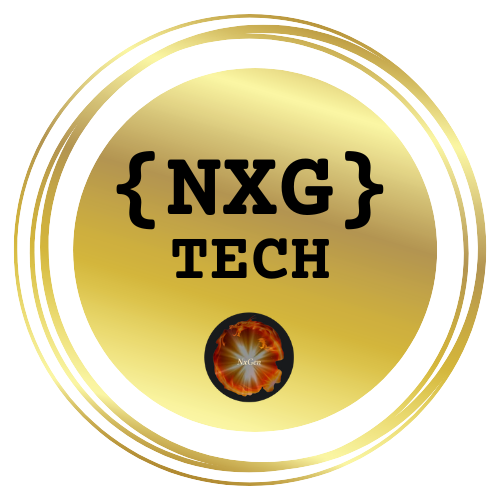
French Scientists Achieve Breakthrough in Fusion Technology
French researchers recently accomplished a significant milestone in fusion energy by maintaining a plasma reaction for an unprecedented 1,337 seconds—over 22 minutes. This achievement surpasses the previous record set by China's EAST reactor by 25%. This success is a critical step toward developing nuclear fusion as a viable energy source capable of providing clean, abundant electricity.
The Science of Fusion: A Step Closer to Reality
Nuclear fusion is the process that powers our sun and stars, where hydrogen atoms fuse together under extreme pressure and heat to release massive amounts of energy without the harmful byproducts associated with fossil fuels and traditional nuclear power. The technology employed by the French team, known as the WEST (Watts d’Études Scientifiques et Technologiques) tokamak, managed to sustain hydrogen plasma temperatures exceeding 50 million degrees Celsius—approximately 90 million degrees Fahrenheit—demonstrating the potential for generating massive energy outputs.
Implications for Global Energy Needs
The implications of this breakthrough are monumental. With the world grappling with energy and climate crises, the ability to harness fusion power could pave the way for a sustainable energy future. Unlike traditional energy sources, fusion emits no greenhouse gases and produces minimal long-lived radioactive waste. The success at WEST not only advances French scientific research but also contributes to global efforts, such as the forthcoming ITER (International Thermonuclear Experimental Reactor) project, aimed at realizing fusion energy on a large scale.
Future Possibilities and Challenges Ahead
Despite the progress, there remain challenges to be addressed. Keeping plasma stable long enough for fusion to occur is daunting, as plasma must be confined without touching the reactor walls. The CEA plans to continue experiments with increased power, which might help overcome these hurdles. The outlook for fusion technology’s role in the global energy landscape is optimistic, but it will require further advancements to transition from experimental to practical operation.
The Global Race for Fusion Success
The race for fusion energy is not solely a French achievement; it's a global pursuit involving scientific communities across several countries. With the successful 22-minute plasma reaction in France, the competition with China's advancements intensifies, underscoring an urgent need for collaboration to tackle climate change through innovative energy solutions. As the stakes rise, the quest for fusion highlights not only technological rivalry but also a shared responsibility for the planet’s sustainable future.
 Add Row
Add Row  Add
Add 




Write A Comment